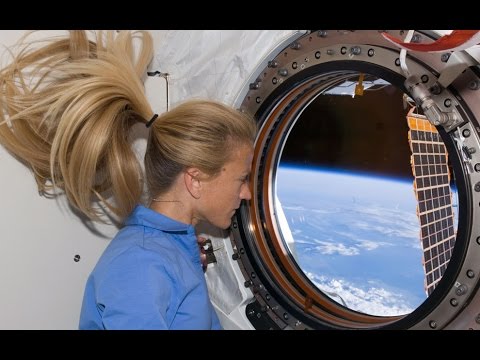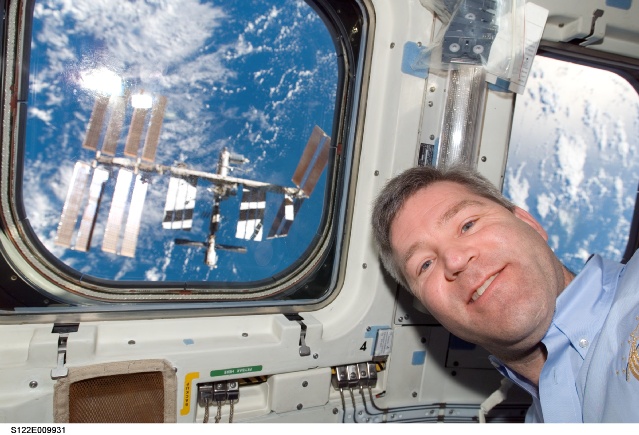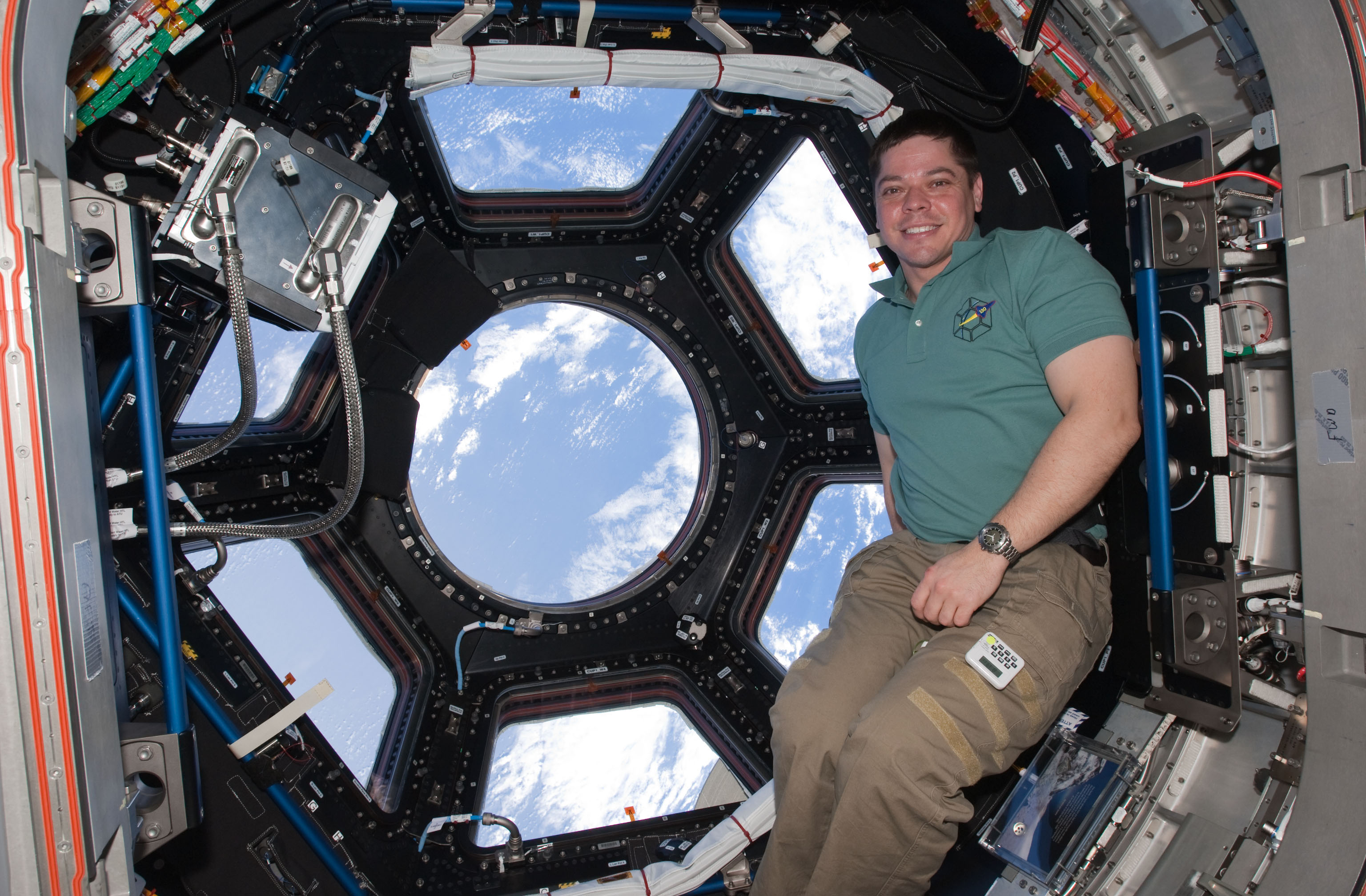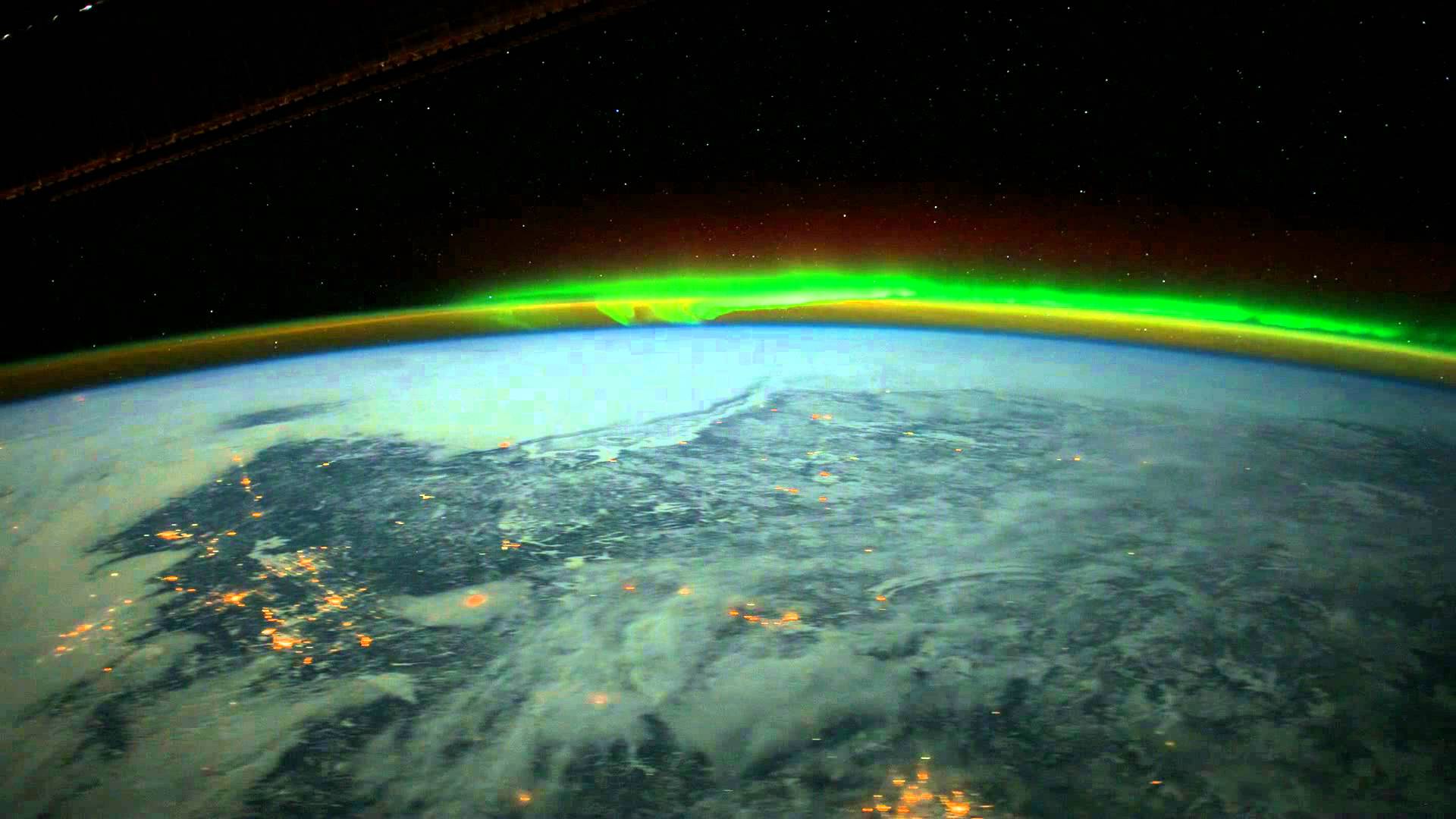Think back to the technology of the late 1980s: corded phones, boom boxes, cathode color TVs. In this era, it’s tough to imagine how anyone achieved the remarkable feat of traveling to space and orbiting the Earth without WiFi or contemporary computers. But Americans did it, and we made history!

Alan Shepard was the second person and first American to travel into space. He reached a height of 116 statute miles in 1961.
Now imagine what it must have been like being in space, orbiting the Earth fast enough to circle all of humanity in 90 minutes. It’s cold, it’s dark, and it’s strange. You’re already disoriented in this zero-gravity, off-world environment. Not much room for error in your flimsy aluminum ship, and not much of a view.
When you look out the window, you never know whether you’ll see something familiar or some other constellation only visible to Australia. Even easily-recognizable constellations like Ursa Major can be tough to identify when they’re upside-down and you can only see through a tiny porthole. And what if your navigation equipment went dark? How would you find your way?
Navigating and orienting the space shuttle back in the ‘80s and early ‘90s was no easy feat, but with the help of HMNS VP of Astronomy and Physical Sciences Dr. Carolyn Sumners and the Burke Baker Planetarium, astronauts could practice finding their way under strange skies. As a partner with NASA, Sumners’s three-hour stellar orienteering course was required learning for every candidate astronaut aspiring to touch space.
“The big problem was we had to limit their view to small regions, and they had to be able to find stars in areas you cannot see in Houston,” Sumners said. “We would show them a patch of sky and ask, ‘What do you recognize?’”
The original training program began with Sumners using a Spitz projector, a bulky analog contraption set on cross-braced arms that required the exchange of “star balls” for different views of the sky. The Challenger crew trained using this equipment in ’86, Sumners said. When the Evans & Sutherland Digistar 1 digital projector was installed in ’88, lessons were much easier. (Incidentally, Evans & Sutherland also developed NASA flight simulators used by astronauts at the Johnson Space Center.)
Sumners worked closely with every crew that went into space in the ‘80s and ‘90s, working on their orienteering skills. Her class was so popular and effective, crews would occasionally drop by to brush up or re-test, or just to stop in and say hello (and made an impression when they did).
“The Apollo crew would pop in,” Sumners said. “Many of them were ex-military, so they had the buzz-cut look to them. A lot of gawking went on by the staff.”
With the advent of more reliable digital technology, crews don’t train with Sumners anymore, but partnership with NASA continues, as does her business ties to Evans & Sutherland. The newly-renovated planetarium will feature the world’s first True 8K digital projection system, the Digistar 5, and it was developed by E&S! It’s the clearest, brightest picture of space anywhere on Earth, with software that will allow audiences to see the stars not only in unfamiliar orientations near to our home planet, but from anywhere in the known universe.
Coupling this projection technology with images from NASA, Sumners expects to bring audiences experiences like the view of the Aurora Borealis from a fish-eye camera mounted on hull of the International Space Station, fed directly through the Cloud.
“They should work beautifully together,” Sumners said.
Astronauts may no longer need orienteering courses, but it’s likely the clarity of this cutting-edge technology will blow even those who have been to space out of this world.









